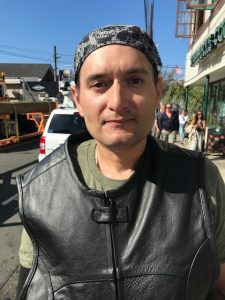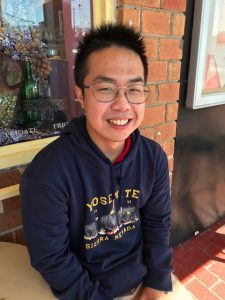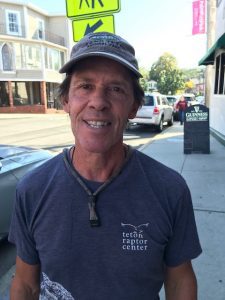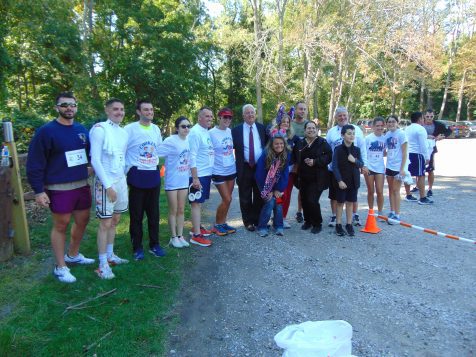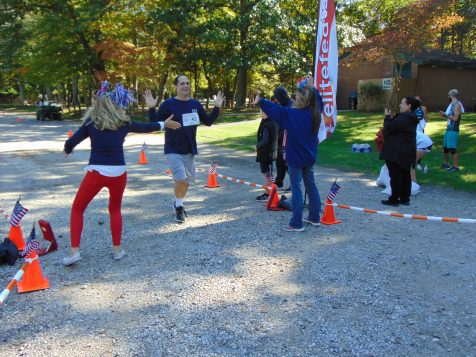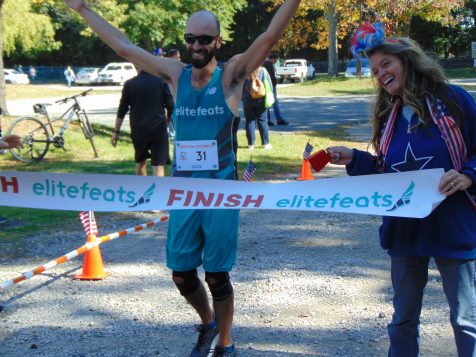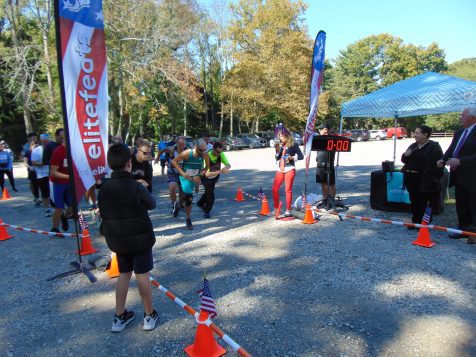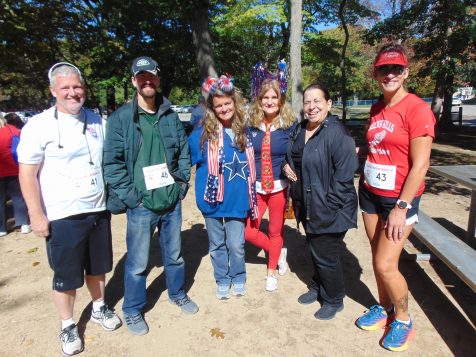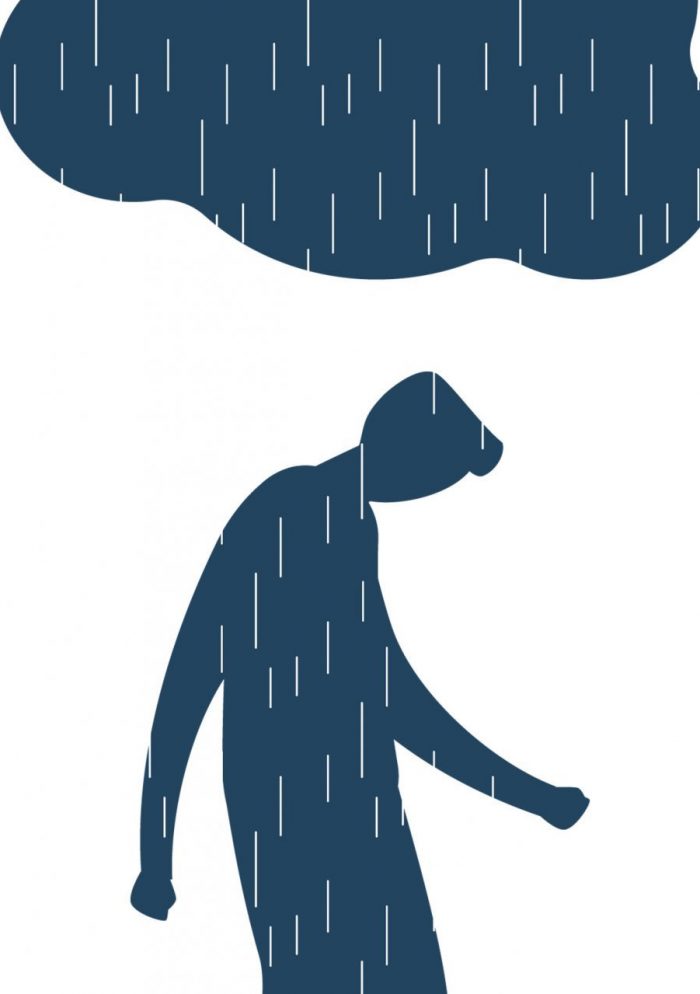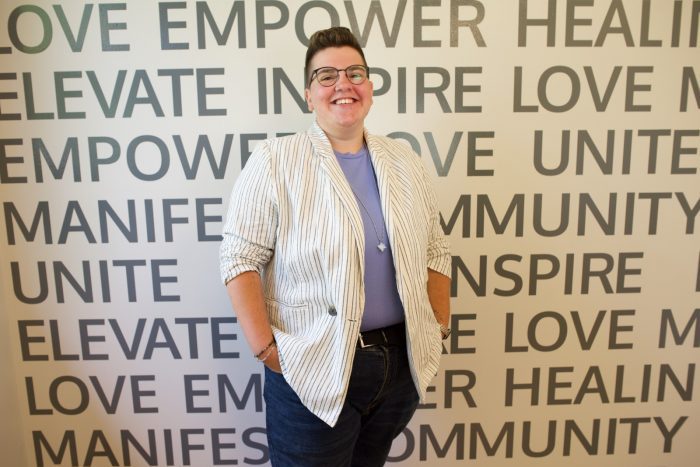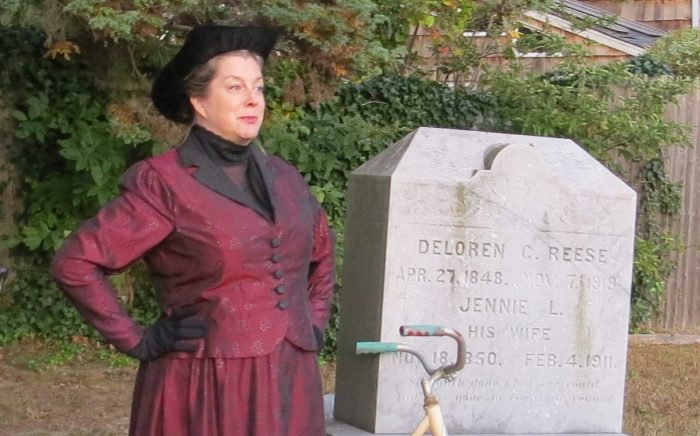Fish kills in waterways around Long Island climbed to over 50 this summer from about five per year in earlier years, driven by increasing water temperatures, algal blooms and increased nitrogen in local waters.
With temperatures climbing more than 2 degrees Celsius over the last two decades, waters around Long Island don’t have as much oxygen, particularly at night when photosynthetic plants are no longer able to catch sunlight and turn it into oxygen.
The fish kills represent a “pretty big number,” said Christopher Gobler, endowed chair of Coastal Ecology and Conservation at the School of Marine and Atmospheric Sciences at Stony Brook University.
Members of Gobler’s lab sample Long Island waters routinely as a part of their research. While his team was out gathering data, Gobler asked them to report any fish kills that included 10 or more fish. The area between Hempstead Harbor and Northport Harbor routinely included observations of fish kills.
Warmer water holds less dissolved oxygen than colder water, because oxygen can escape more easily from water in higher heat.
With temperature as the primary driver, a combination of factors robs the water of oxygen.
“The warmer the water gets, the quicker the bacteria take oxygen out, the faster the fish are respiring” Gobler said.
He added the fish kills often included menhaden, or bunker, fish. These fish have returned in larger numbers in recent years to the waters around Long Island amid other conservation efforts. More menhaden this summer also brought sharks to the area, as these apex predators hunt bunker fish.
While global warming likely had a significant impact on the number of fish kills, Gobler said, an increase in nitrogen in local waterways also contributed to anoxic conditions and is something residents can control locally.
With more nitrogen, typically from onsite wastewater, algae have more nutrients to grow.
At the same time, when more abundant algae dies, the bacteria that break down the algae consume oxygen.
An additional emerging perspective suggests that the more abundant algae at night are respiring, removing oxygen from the water.
Gobler said people can reduce the release of nitrogen into local waterways, which can also affect groundwater, by upgrading their sewage treatment systems. Suffolk County has created rules, including a Reclaim our Water Septic Improvement Program, which protects the environment by reducing nitrogen emissions.
Gobler remains concerned not only for the fish that wash up in numbers along the shore, but for the marine organisms that aren’t as mobile, such as the invertebrates at the bottom of the waterways.
The fish kills are a flag that “these water bodies are impaired and are not capable of sustaining marine life in a way we’d like them to,” Gobler said.
As for the future, Gobler said it’s difficult to predict how the combination of factors, from global warming to nitrogen runoff, will affect marine life.
“Maybe next year, we go back to five [fish kills] in the summer,” he said. This year was “unlike anything we’ve seen” with a combination of high temperatures and numerous fish kills.

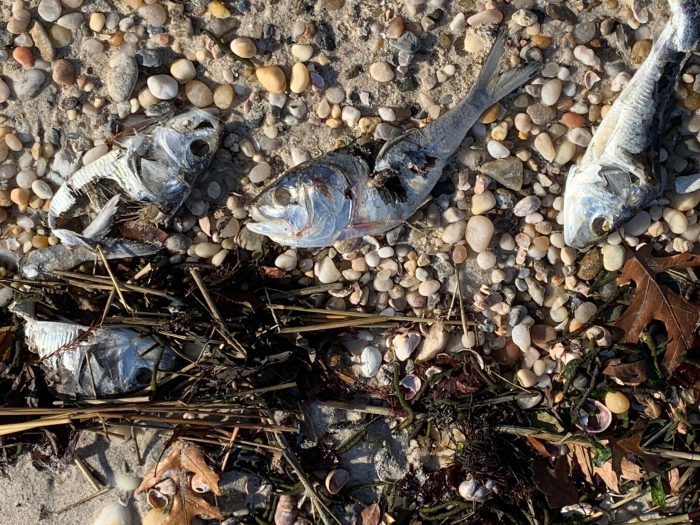





















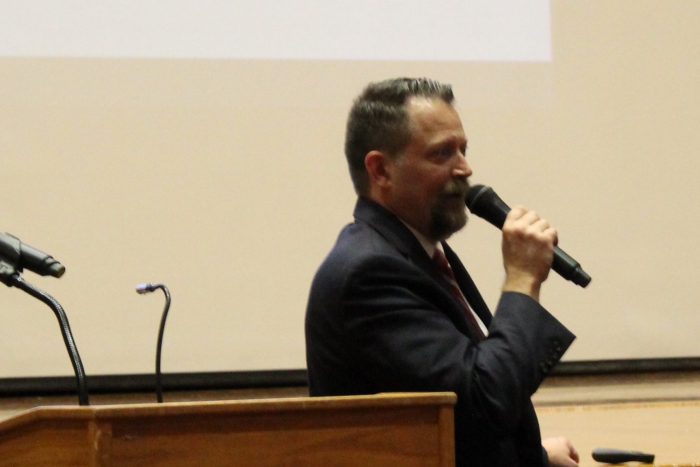



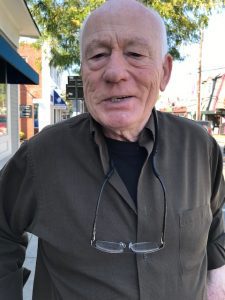 Wally Tomaszewski, Port Jefferson
Wally Tomaszewski, Port Jefferson Andrew Drake,
Andrew Drake,
